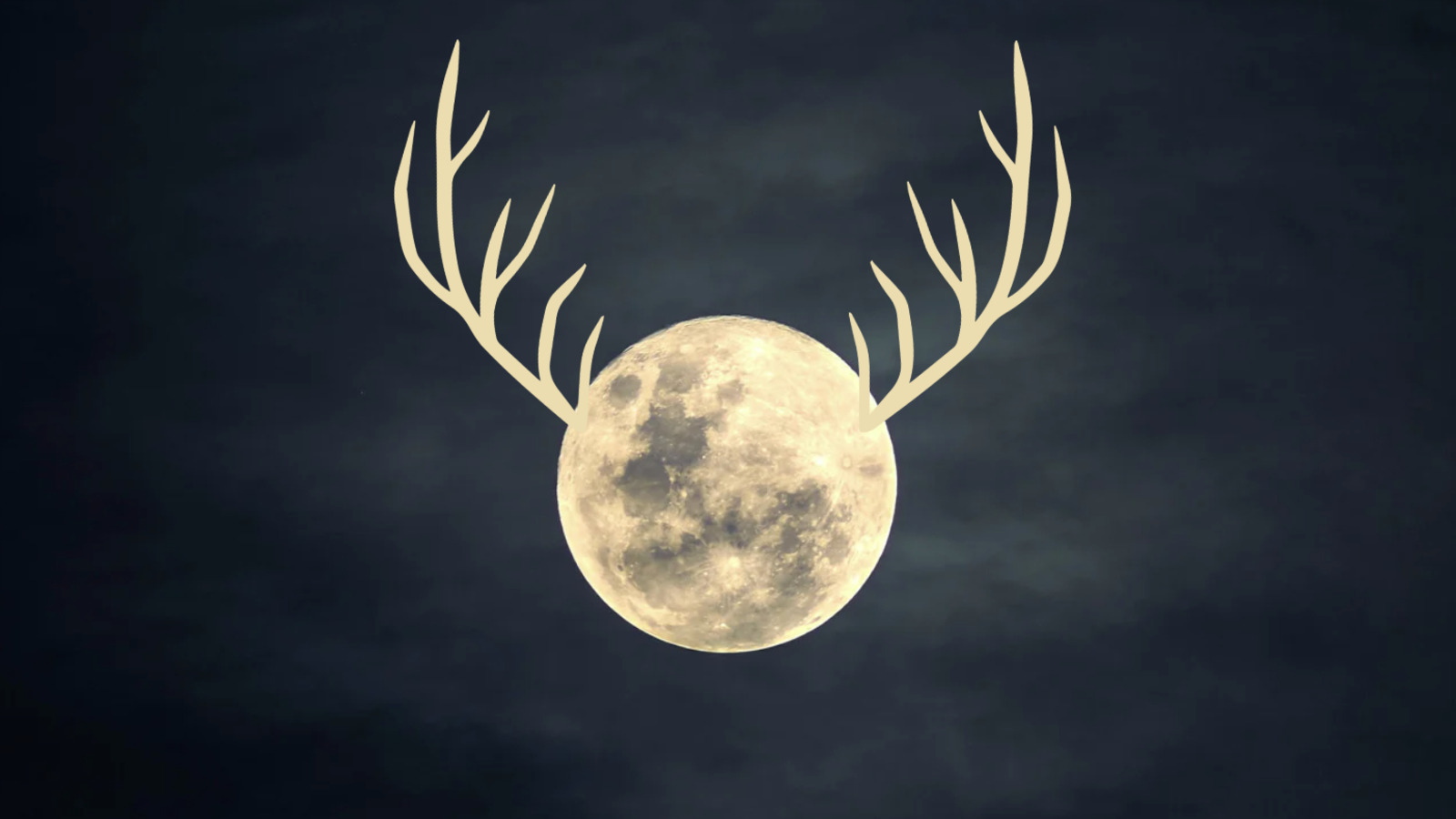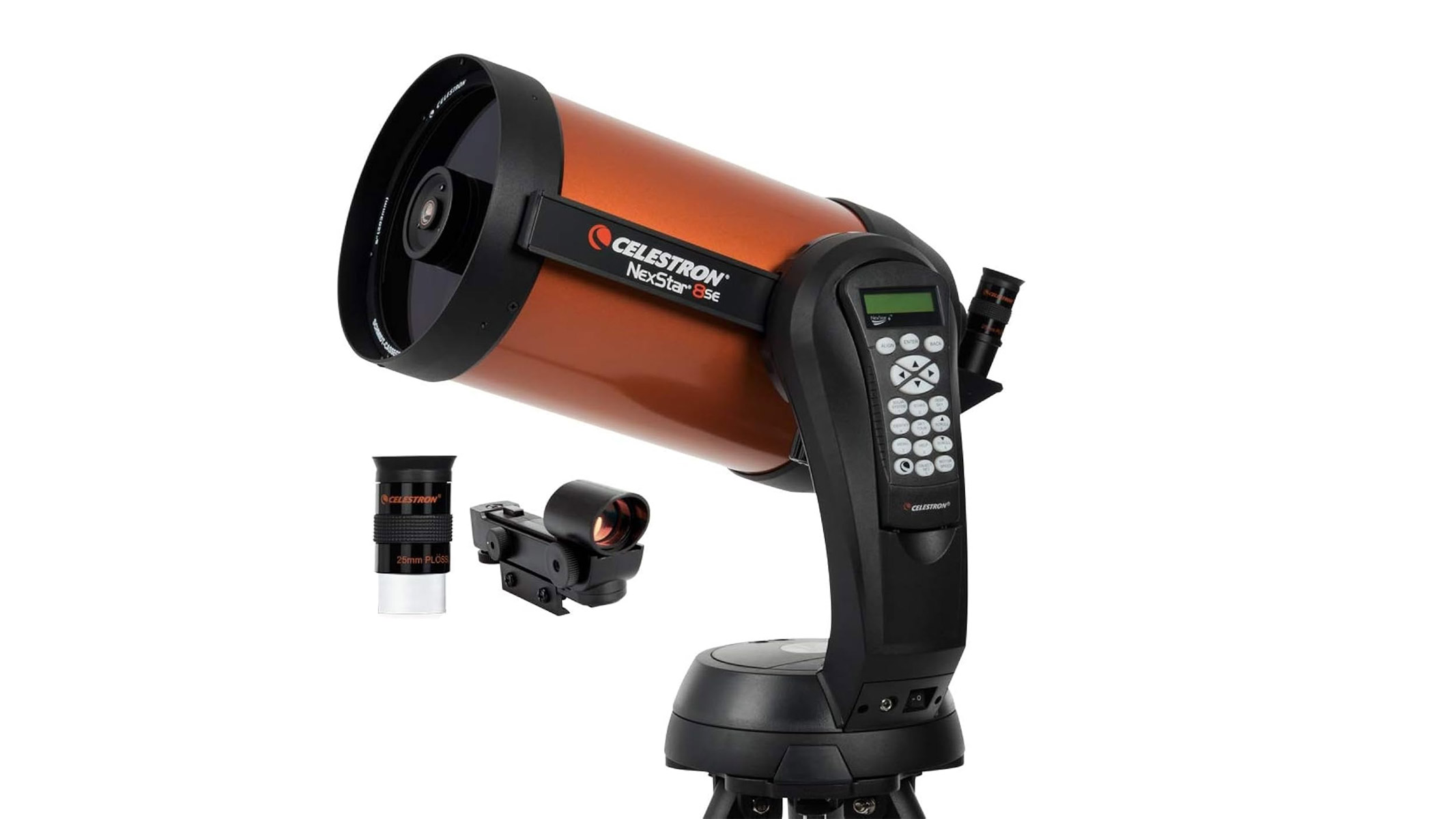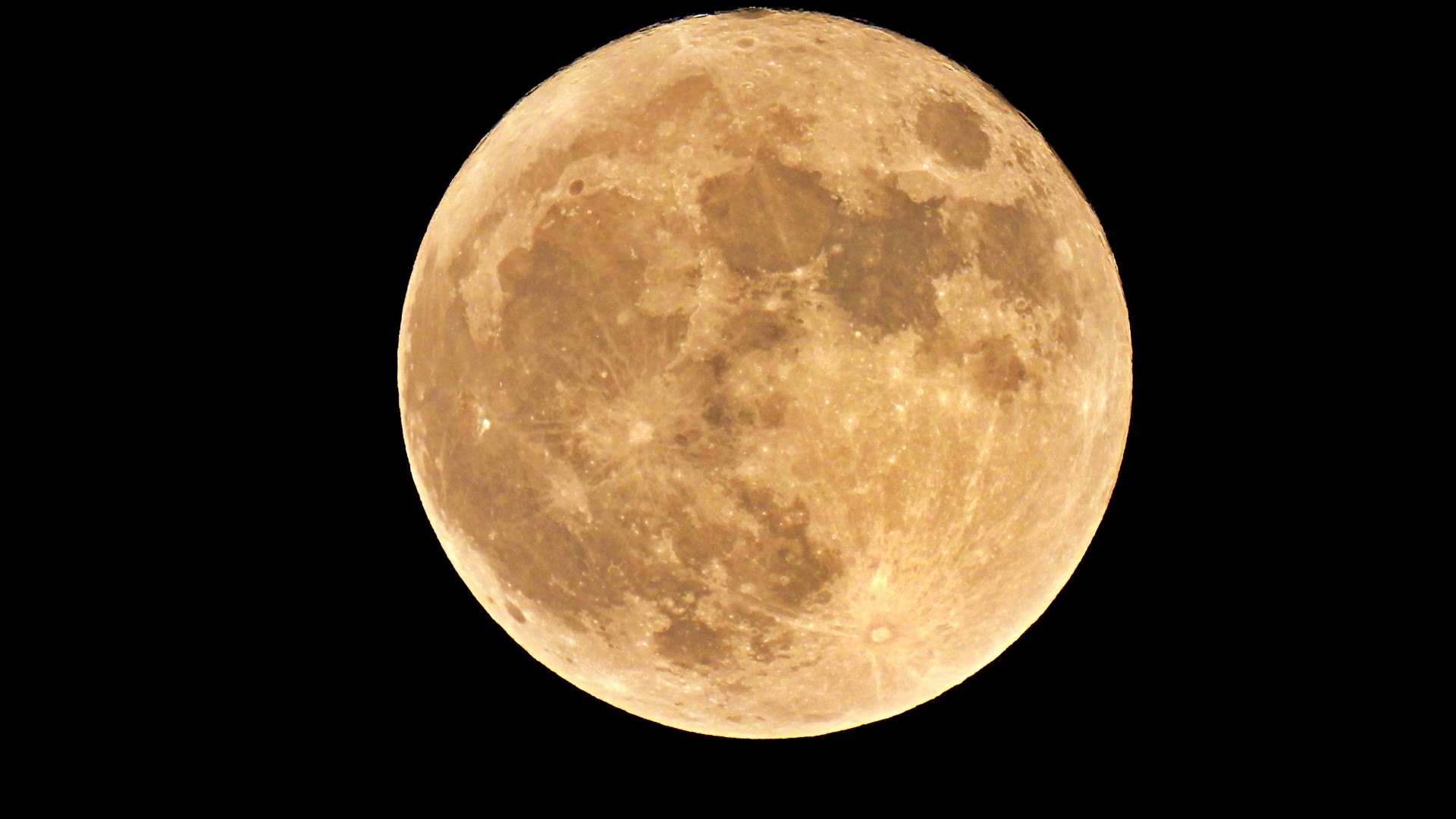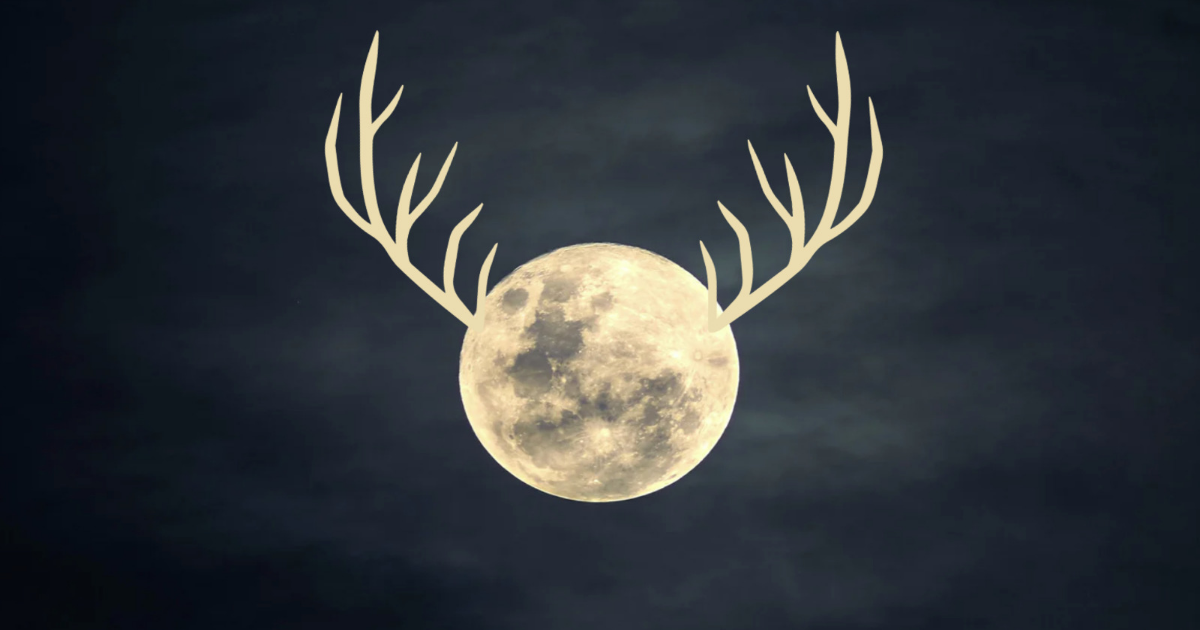
The full ‘Buck Moon’ rises tonight (Image credit: Anthony Wood via Future)
Heads up skywatchers, the July full moon rises tonight! Here’s everything you need to know about where and when to see the lunar spectacle, along with explanations of the rare cocktail of orbital characteristics that make the 2025 ‘Buck Moon’ unmissable.
The full moon reaches peak illumination at 4:36 p.m. EDT (2036 GMT) on July 10 and will become visible when itrises over the southeastern horizon as the sun sets in the evening sky. The exact time that moonrise takes place — which is around 8:53 p.m. local time in New York — is determined by where you are on Earth, so be sure to check a trusted website like timeanddate.com or in-the-sky.org to get the right timings for your locale.
July’s full moon is also called the Buck Moon, because it coincides with the time of year that male deer, known as bucks, begin growing out their antlers, but it goes by other names too. It’s also called the full ‘Thunder Moon’, in reference to the early summer storms that occur around the time it rises, while some Europeans have dubbed it the ‘Hay Moon’ because it appears as farmers gather animal feed in the wake of their July harvest.
You may like
That’s no (ordinary) moon
Celestron NexStar 8SE

(Image credit: Amazon)
We reckon the Celestron NexStar 8SE is the best motorized telescope out there as it’s great for astrophotography, deep-space observing and it offers stunning detailed imagery. It is a little pricey but for what you get, it’s good value. For a more detailed look, you can check out our Celestron NexStar 8SE review, and while you’re at it why not check out more of our best telescope deals for Prime Day!
The July 2025 full ‘Buck Moon’ will give stargazers an opportunity to appreciate several distinct quirks of orbital mechanics at work! For starters, it falls close to the summer solstice, a time of the year when the sun rides particularly high in the sky, while the moon tracks a low path over the southern horizon.
This year, the July full moon’s usual low-riding nature will be further exacerbated by a phenomenon called a ‘Major Lunar Standstill’, which occurs when the sun’s gravity drags the moon’s tilted orbit into its greatest inclination relative to Earth’s ‘celestial’ equator. This causes the moon to travel an especially high — or low — path through the sky, depending on the time of year!
On top of that, July’s ‘Buck Moon’ is the closest full moon to aphelion, the point in Earth’s elliptical orbit when it is farthest from the sun. That means, July’s full moon is the farthest from the sun in 2025, though that won’t have any visible effect on the lunar spectacle.

The full ‘Buck Moon’ rises tonight (Image credit: iStock / Getty Images Plus)
What to look for when the full ‘Buck Moon’ graces the sky on July 10
During a full moon, Earth sits directly between the sun and the moon, allowing the entirety of the lunar surface to be lit from our perspective. That means no long shadows or dramatic relief like you see during quarter moon phases.
Breaking space news, the latest updates on rocket launches, skywatching events and more!
Even without shadows, the full moon offers a perfect opportunity to explore the dark expanses of the lunar seas, or maria, that formed billions of years ago when lava flooded the impact craters left by violent asteroid strikes and later cooled to form great basaltic plains. Bright streaks known as ejecta rays can also be spotted leading away from large impact sites — such as the vast Tycho crater scarring the south lunar region — where reflective material was excavated and cast out across the lunar surface during particularly violent events.
Beyond that, the full ‘Buck Moon’ will grant viewers a chance to retrace humanity’s historic efforts to explore the lunar surface. July 2025 will mark the 56th anniversary of the historic Apollo 11 moon landing. Using our handy guide, you can scope out each of the six Apollo-era crewed landing sites, using either the naked eye or, ideally, a 6-inch scope to reveal more details in the lunar landscape.
Don’t forget to check out our Prime Day hub for all the best deals on everything space related, whether you’re searching for a new telescopes or binoculars, star projectors or even board games, we’ve got you covered.
Editor’s Note: If you capture a picture of the full ‘Buck Moon’ and want to share it with Space.com’s readers, then please send it alongside your comments, name and location to [email protected].
